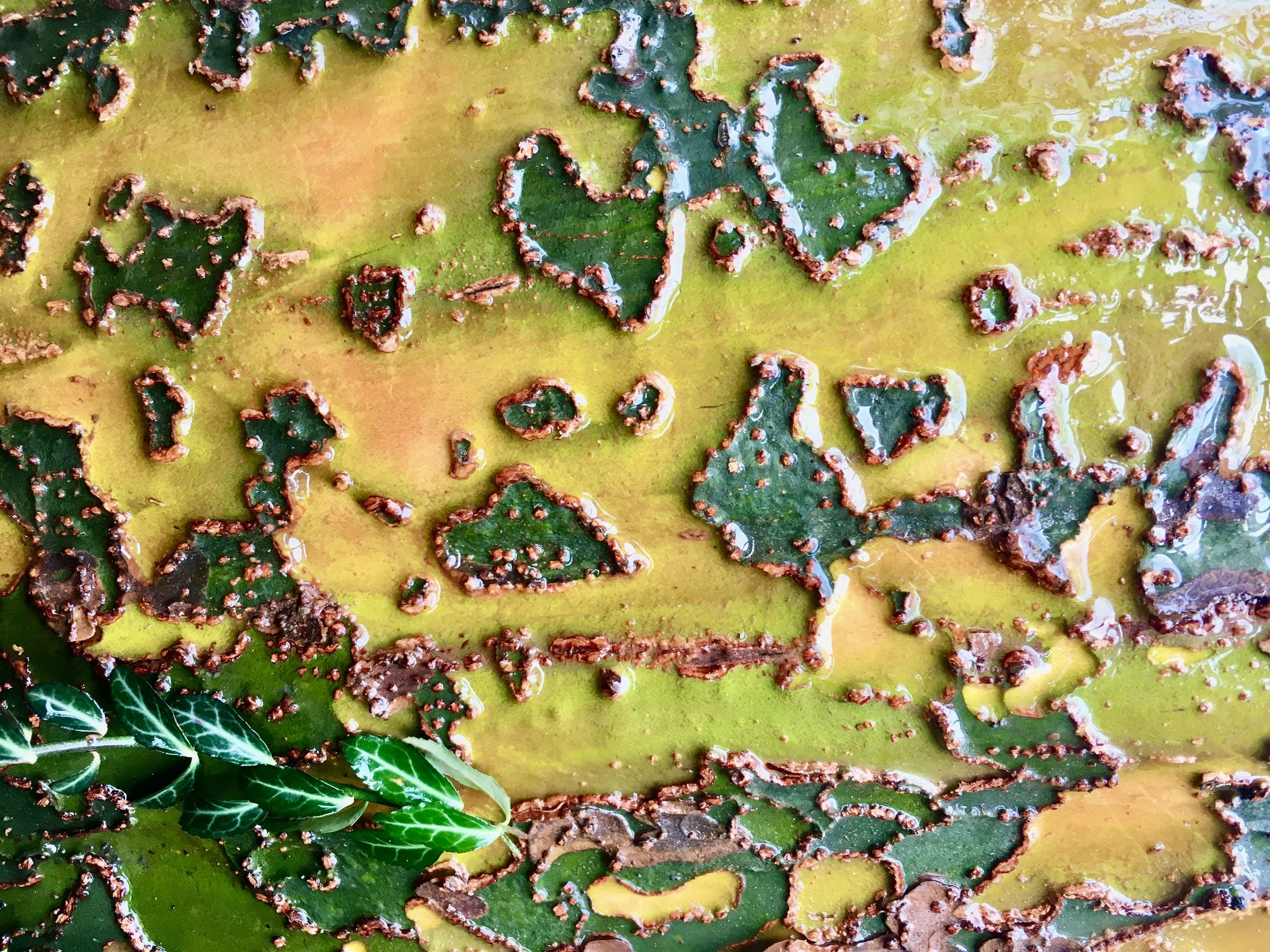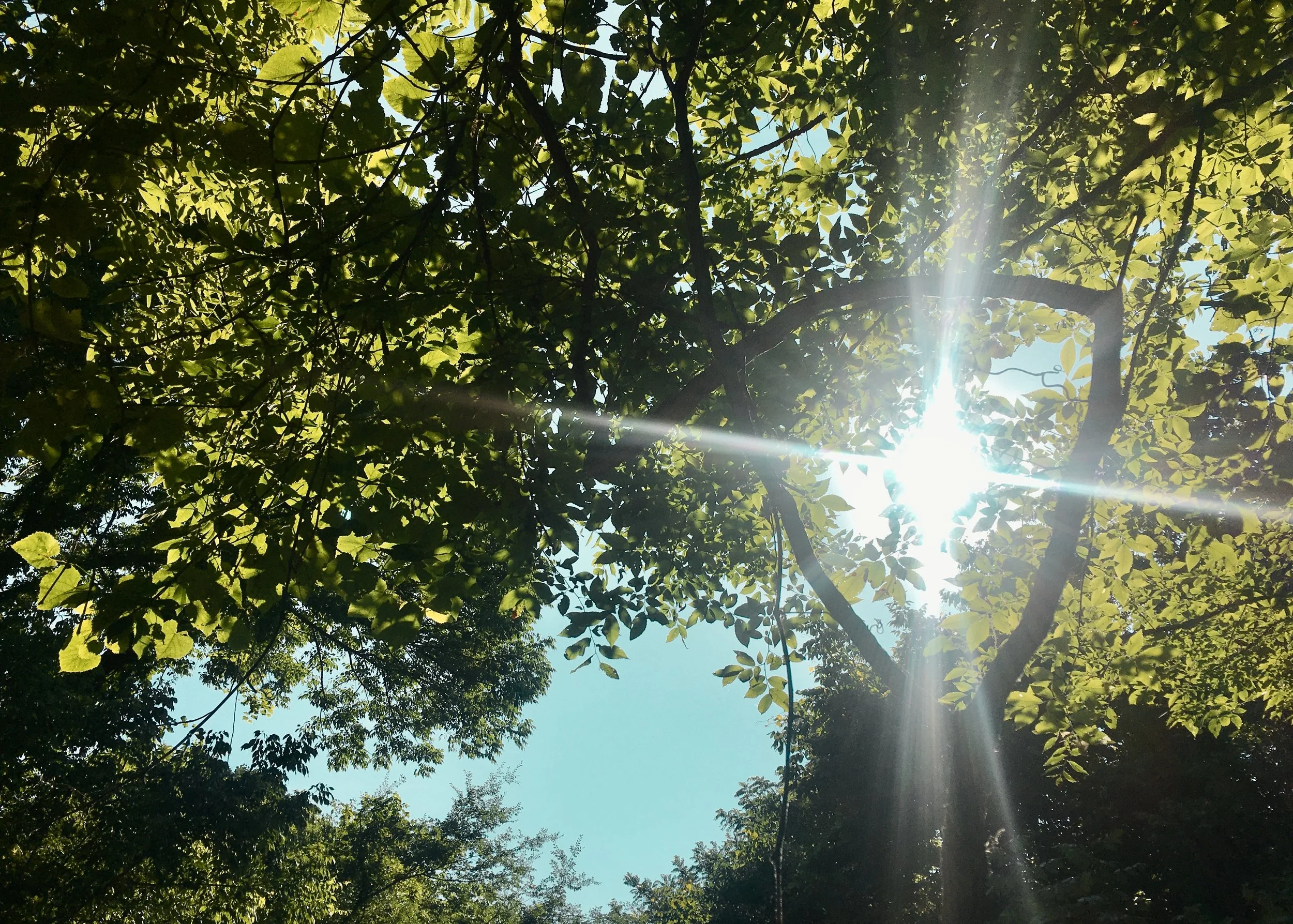
what is ayurveda?
what is the wise source of ayurveda?
Ayurveda, as a spiritually evocative healing art, is also a complete clinical medical system, which helps us to seek the root cause of unhappiness & illness within, while fostering gentle, preventive & compassionate natural care for every aspect of our being. Now, more than ever, we need the guidance of Ayurveda’s seed-wisdom to help us harmonize our lives with Nature. In such an ancient, deeply-rooted system, which after nearly 5000 years, remains relevant & respected, there are no boundaries to the ways in which Ayurveda merges with, & nurtures, all healing arts & sciences.
From the melodious volumes of Vedic Sutras, written in Sanskrit, Ayurvedic healers translate from the Ayur Veda, an Upaveda of the Atharva Veda, while incorporating many facets of ecological, logical, astrological, medical & spiritual sciences from throughout the complete Vedas to use as life medicine. Ayurveda Sutras include detailed discourses by physicians who were also surgeons, herbalists & Yogis, regarding the care & preservation of Prana & vital health. They expound upon detailed symptomatology, curative environmental elements, waters, foods, herbs, & the holistic treatment of the body as spiritual & the spirit as desiring free expression through the heart, mind, & body.
For thousands of years, the timeless knowledge of these physicians & sages, has been passed down from teacher to student, from heart to heart, through the poetic, Sanskrit songs of the Vedas. The endless stream of cosmic wisdom from which Rshis, or Seers, originally heard the sounds of Sanskrit, does not emanate from a human source; it is still emanating from a Source beyond any systems or bodies of knowledge created by human minds.
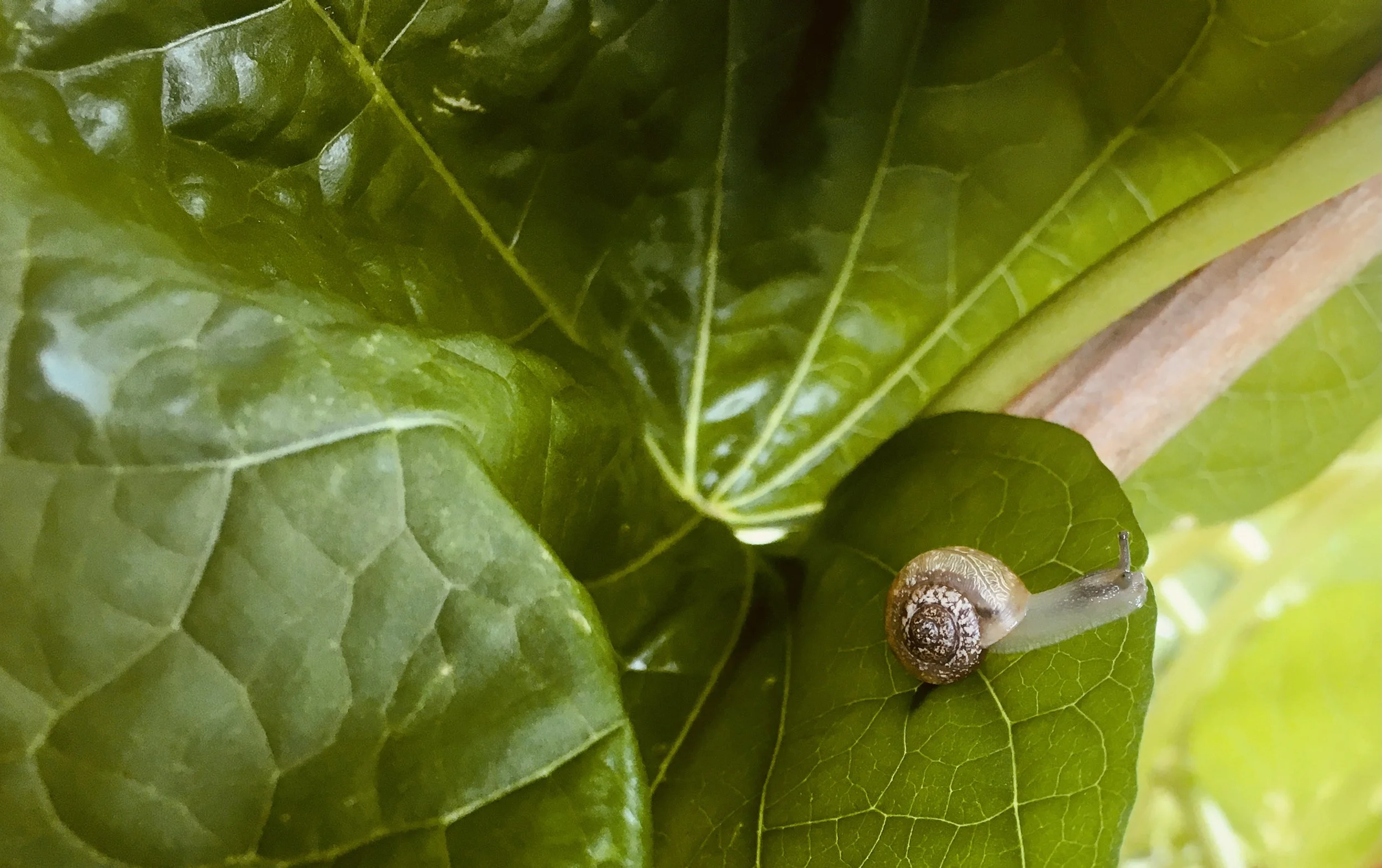
what are
the Original branches
of ayurvedic medicine?
Along with describing the nuances of the primal elements, Ether, Air, Fire, Water & Earth, & the realms of Nature found mirrored within every human being, the Sutras of Ayurveda offer teachings on simple ways in which we may endeavor to live naturally, to live closer to this wise internal & eternal Source. Health, pleasure & happiness, wealth & abundance of all forms, as well as freedom to pursue & achieve one’s Dharma, are all considered of equal importance, during the span of each singular lifetime. I have come to consider Dharma to be a sacred covenant between my Self & the Universe; not only the work I do, the gifts I give, the contribution I leave behind when I depart, but how receptive have I been to the work of Love within.
I make certain to spend a little time each day in Self-discovery; through return to Nature & natural remedy, in meditation, listening to water or birdsong. Whatever expands your heart & mind with ease & moves you to joy, is encoded with Source wisdom. Through an open & easy mind, we are better able to perceive ourselves fully, our oneness with this Source, our Earth, & others. We become not only able to envision the new & inspiring ways in which we want to live, but we embody the soft & supple inner strength needed to take each small Karmic step toward our shining future.
The ancient Sutras of medical Ayurveda are still emanating from Source, saturated with the potential to forever grow into new sciences & systems. With every golden sunrise, the kind, healing knowledge from the living body of the Vedas reaches into our own bodies & visions, gifting us the power of conscious, cellular transformation. The original 8 healing branches of the ancient tree of Ayurveda form the roots of these modern areas of medicine:
Psychology
Regeneration (Healthy Aging & Eldercare)
Rejuvenation (Female & Male Sexual/Fertility Therapy; Science of Aphrodisiacs)
Gynecology, Obstetrics & Pediatrics
Eye, Ear, Nose & Throat (ENT)
Internal Medicine
Toxicology
Surgery
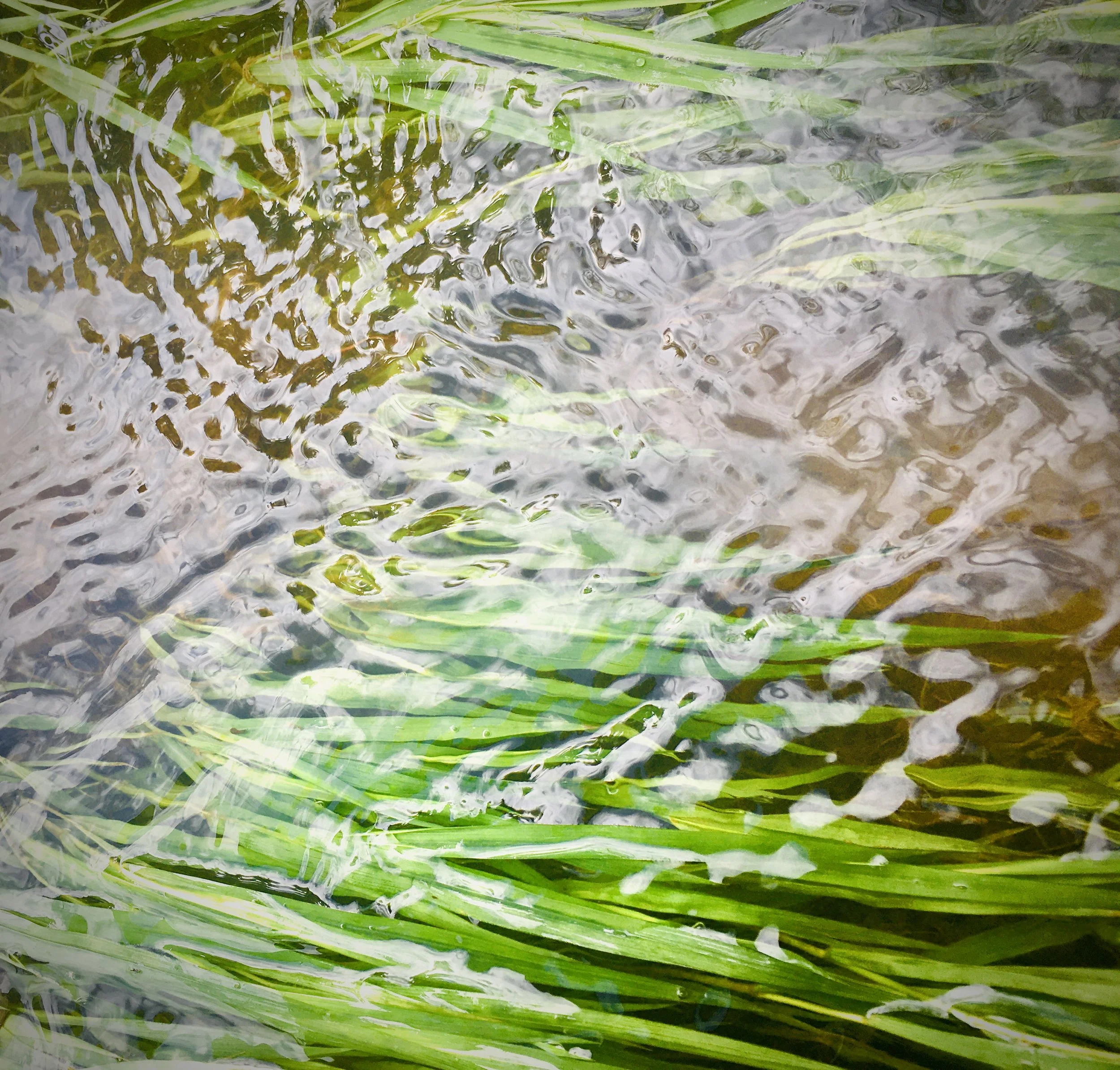
what are
the 7 streams
of Shamana ayurveda?
An Eco Ayurveda, self-healing lifestyle evolves from the 7 streams of traditional Shamana:
The Seven Streams
Dipana & Pachana / Relationship with Agni
The primordial, internal digestive fires of Agni may be considered as transformational, biological intelligence; governing amino acids, enzymes, hormones, even the microbiome & processes of the mind.
Ksut & Trt Nigraha / Relationship with hunger & thirst
Atapa/Chandra Seva / Relationship with sunlight & moonlight
Maruta Seva / Relationship with Prana
Viyayama / Relationship with Sharira, your physical body
All Ayurvedic care within the 7 Streams of Shamana revolves around Chikitsa, or conscious Karmic actions, undertaken with a firm intention toward self-healing. Shamana Chikitsa address our choices of lifestyle & diet, along with subtle emotional, mental & physical body care, & applied therapeutic treatments performed with emollients & formulas made from our allies of the plant kingdom. All of these Karmas, or actions, are orchestrated into daily & nightly routines, known as Dinacharya & Ratrcharya. They follow a natural order, & timing attuned to the flow of Prana, both within the heart, mind & body, & without in the natural world from which we are inseparable. Following the orderly design of daily & nightly routines is essential within Ayurvedic care, to harness the gentle & subtle, yet powerful & lasting effects of each mindfully-performed Chikitsa.
Daily & nightly routines, in synch with the rhythms of the Sun, Moon, Earth & Cosmos from which they are born, calm, rejuvenate, & nourish all of the elements from which we are made, known as the Maha Bhutas. The Maha Bhutas, Ether/Akasha, Air/Vayu, Fire/Agni, Apas/Water & Prthivi/Earth, are in constant flow & relationship as they permeate our entire being, & all of life on Earth.
The Maha Bhutas form relationships, beginning at an atomic & then molecular level, giving rise to Doshas, which hold within themselves root causes & root remedies for one another, much as we human beings do, when in relationship with one another:
The Maha Bhutas
Akasha/Ether & Vayu/Air . . . form Vata Dosha
Agni/Fire & Apas/Water . . . form Pitta Dosha
Apas/Water & Prthivi/Earth . . . form Kapha Dosha
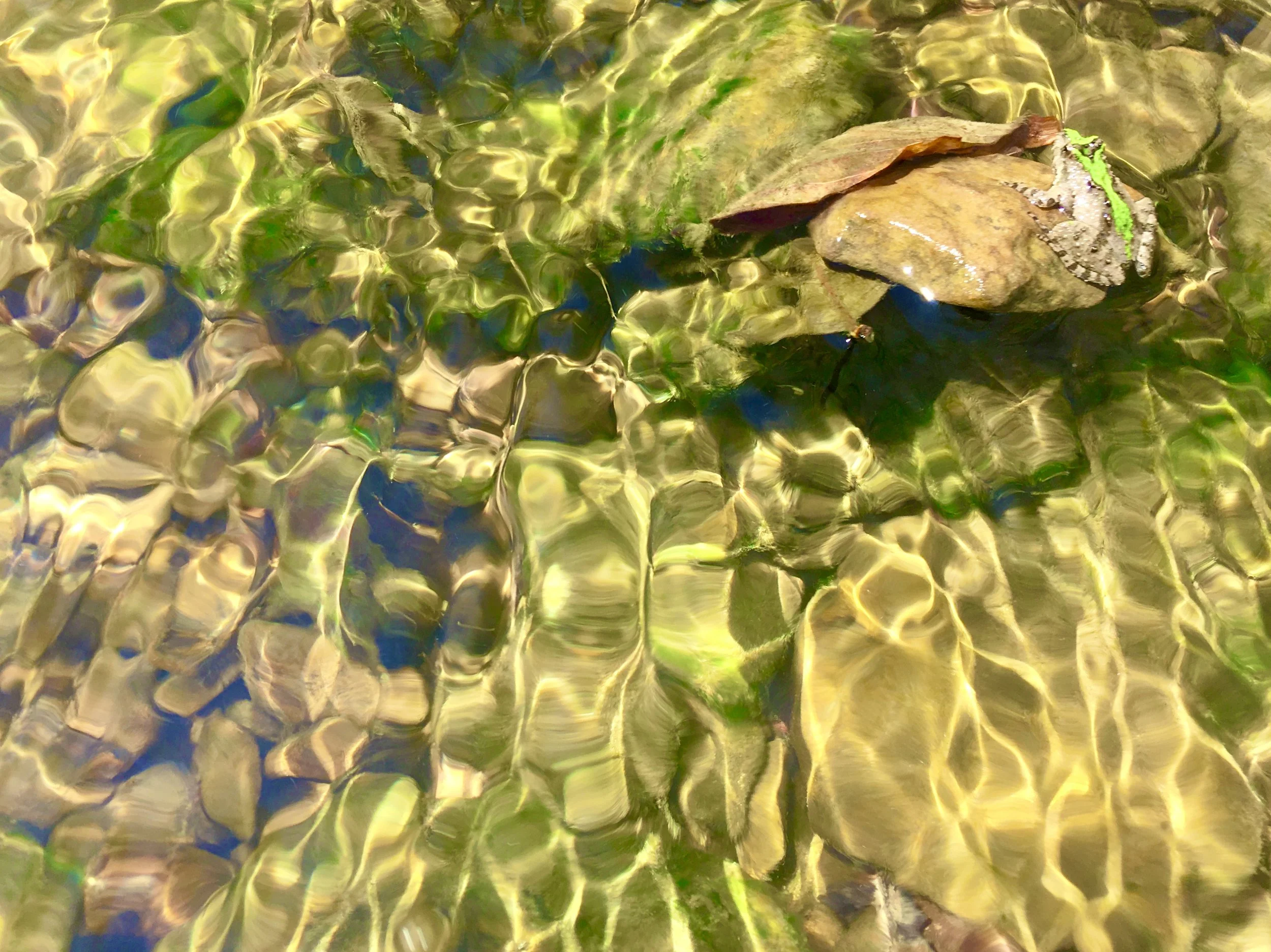
what is shamana chikitsa?
As “Health” is really a constantly ebbing & flowing state of existence, Ayurveda places great importance on learning to feel & understand your own states of balance or imbalance, as natural fluctuations. An Ayurvedic lifestyle relies upon Chikitsa, slow, steady, simple, & supportive rituals & remedies which become as sustainable & rhythmic as the cycles of the Sun & Moon. Chikitsa are logical, reasonable, yet potent enough actions to transform Vikrti, your present imbalanced state, while simultaneously being gentle enough to restore your relationship with your own Prakrti, your harmonious, balanced state.
Rituals of Shamana self-care, combine with traditional Yoga Chikitsa, to soften, lighten & prepare our minds & bodies for the unbinding of transcendental cure from root cause. Time, our relationship with Nature, Prana, breath, water, food, rest, sleep, & the plant & animal kingdoms, with which our consciousness has evolved, are the simple medicines that Ayurveda offers to everyone, as healing Chikitsa, within the 7 streams of Shamana.
Shamana Chikitsa appear in many forms, & begin as singular remedies which ultimately merge to become a new way of life. Imagine receiving healing herbs through the creation of a savory, winter soup, or sipping a nightly herbal tea to ensure sound sleep & a calm, focused mind in the morning. Sometimes, a Chikitsa involves leaving the world behind; for meditation, for an emollient milk & floral essence bath, for a picnic near a peaceful lake. Chikitsa involve all of our senses, awareness & consciousness in learning method, timing, & proper ingredients; how, when & why you do what you do during your days & nights on Earth, with respect for Earth in the process, matters.
Over time & with constancy, performing simple Chikitsa will replace attachments to chaotic or harmful cravings & patterns. New patterns will lead you to seek balancing & cleansing in proper measure & restore your innate ability to absorb & assimilate each new change fully. With guidance & practice, Chikitsa naturally becomes Yukti, an Ayurvedic concept of wielding increasingly timely, prompt & skillful action. First creating an increasing cellular fearlessness within yourself, and then consciously taking hold of that fearlessness through harnessing & guiding Prana, gives unhappiness & illness many chances to transform & depart.
In my experience, slow assimilation of one small, enriching Chikitsa at a time awakens an inner remembrance of Ayurveda; healing actions begin to feel intuitively right & familiar, as the results of firm intentions begin to manifest daily. When your soothing, Shamana Chikitsa are performed rhythmically, with reverence for continuity & timing, Prana begins to flow smoothly; even time & events surrounding one become fluid & silky.
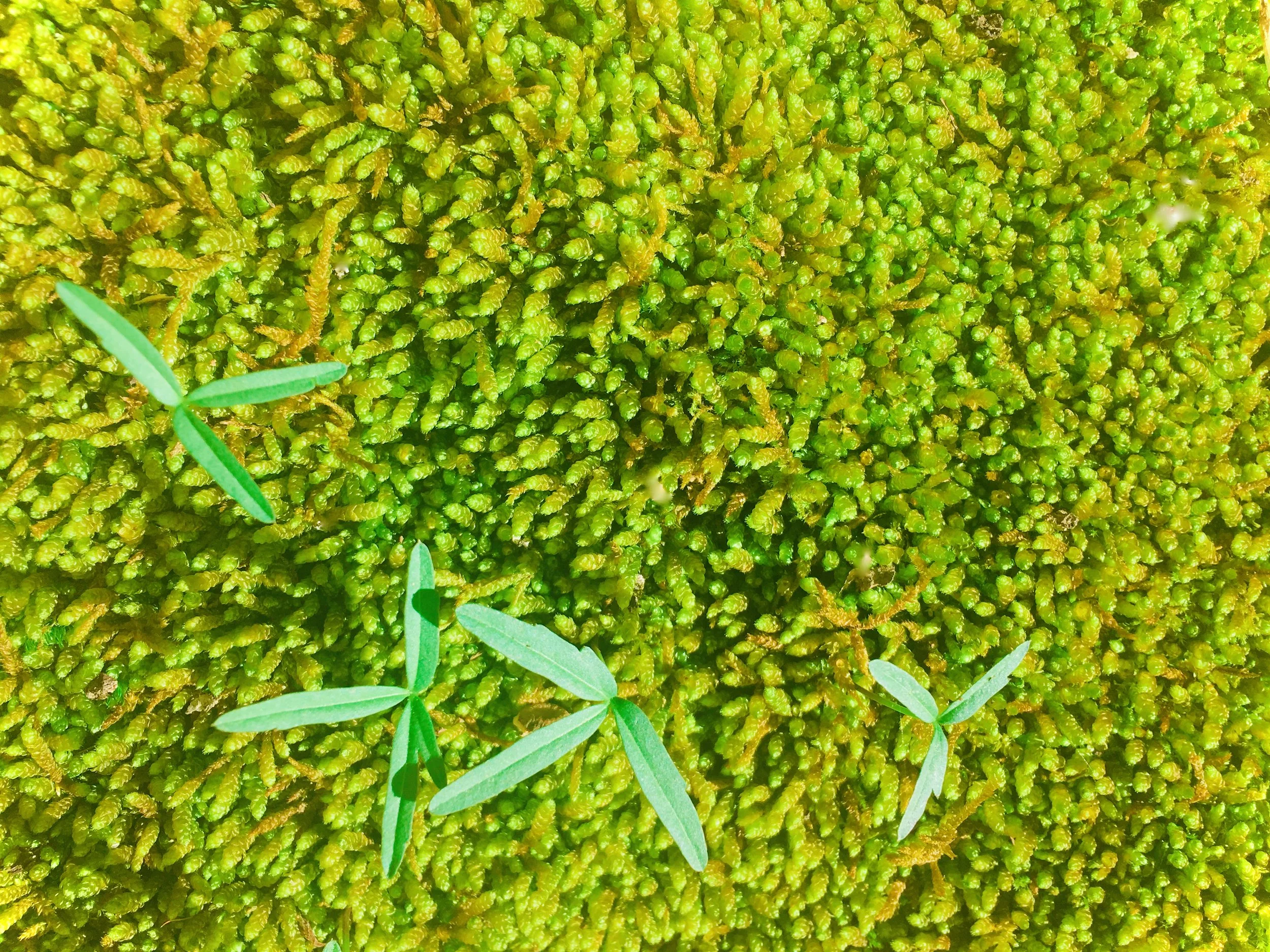
what are
shamana & shodana chikitsa?
Ayurveda Shamana Chikitsa calm & pacify the Doshas, Vata, Pitta & Kapha, which have increased in quality, or quantity, & are overflowing the boundaries of their home sites in the mind & body. In this heightened & often mobile state, Doshas mingle with & exacerbate one another within emotions, thoughts, & tissues. Doshas can become exacerbated by harmful lifestyle & food choices, as well as environmental stressors & toxins, especially with exposure to all of these aspects of life over a long period of time. In any stage of Dosha increase, even the earliest & most subtle, trained Ayurvedic Practitioners & Physicians will recognize harbinger signs, prodromal symptoms, or the fully-flared symptomatology of illness. Prevention & early recognition of symptoms are foundations of Ayurveda Shamana care.
The beauty of an ecological Shamana lifestyle lies in the gentle way in which Shamana Chikitsa may be designed from the elements of Nature, for each individual, in any stage of unhappiness or illness, to encourage their particular melange of Doshas, to become clam in situ, or return to & remain peacefully within, their respective bodily homes. These home sites, the colon for Vata, small intestine for Pitta, & lungs for Kapha, (although treatment site for Kapha Dosha is primarily the stomach), are the special areas where more intense Shodana treatments may then be applied to root causes. Shodana Chikitsa are refined & intensified Shamana Chikitsa, while Panchakarma is a specialized & intense form of Shodana Chikitsa. So, the Ayurveda philosophy of Shamana is intrinsic in all aspects of Ayurvedic medicine, therapy, longterm self-care, & Rasayana, necessary rejuvenation therapy which is intrinsic to a thorough assimilation of a healing action, or Karma.
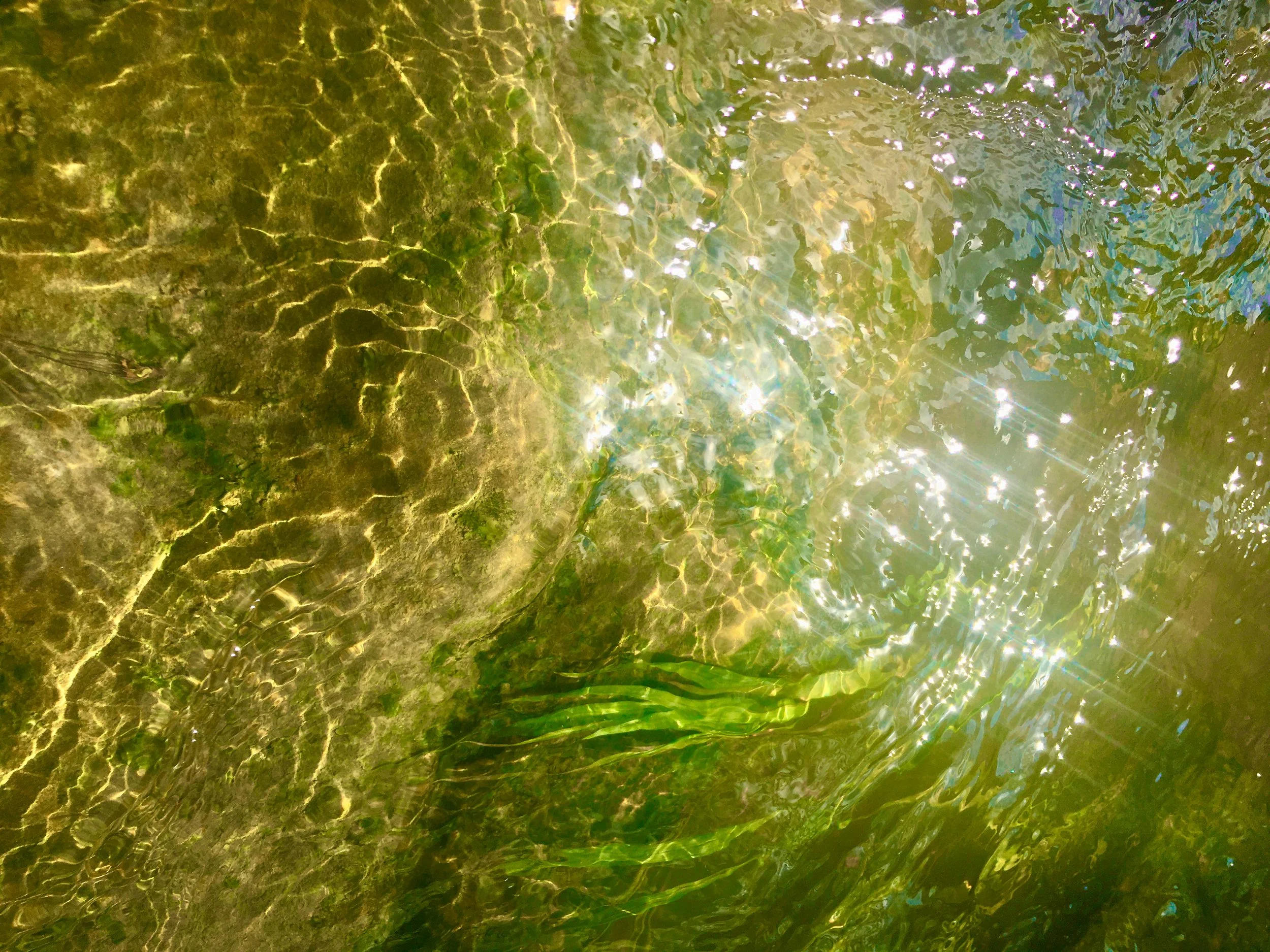
what is
a true panchakarma cleanse?
Along with the preventive capacity to keep an individual well, Shamana practices & supportive therapies are given as Purvakarma, measures undertaken for a specific period of time prior to Panchakarma, which prepare one to receive the deepest cleanse possible.
A true Panchakarma can be a full heart, mind, body & spiritual cleanse, which unveils, unfolds, & removes the deep-seated causes of unhappiness & illness through detoxification of 5 therapeutic types:
Vamana / Emesis or vomiting
Virechana / Purgation
Internal Basti / Medicated herbal/oil enema
Rakta Moksha / Therapeutic bloodletting, (traditionally with leeches)
Nasya / Nasal administration of herbal juices or medicinal oils
The Shodana therapy of Svedana (therapeutic sweating), & Shamana treatments of Abhyanga, Shirodhara, & external Basti of all forms usually accompany the 5 detoxifying procedures of a classic Panchakarma.
Rhythmic Panchakarma procedures, “ripen”, excite, & incite the Doshas to rise up from where they have lodged & possibly begun to create confusion or changes within cellular tissues & intelligence. Doshas become liquified, fluid, & willing to return to their home sites within the GI tract to be eliminated naturally. Panchakarma reaches deep into the heart & emotional body through the sense organs & Central Nervous System within a short span of time, usually 1 to 2 weeks; cellular memory, intelligence & self-esteem unfold over months or even years after such a cleanse.
Daily & seasonal Shamana home practices hold ground as a long, slow & continual Panchakarma & at proper times within a Shamana Care Plan, I will often suggest Shodana Karmas, as cleansing measures, to bring harmony among the Doshas. Crucial as well, to creating a protective barrier from the many toxins & stressors of daily life, is the care of the sense organs & subtle sense essences, the Tanmatra of the 5 Maha Bhutas:
the tanmatras
Shabda / Akasha or Ether/Hearing
Sparsha / Vayu or Air/Touch
Rupa / Agni or Fire/Vision
Rasa / Apas or Water/Taste
Gandha / Prthivi or Earth/Smell
what is
a gentle shamana home cleanse?
Following Panchakarma cleansing, Paschatkarma & Rasayana measures, which are also based in Shamana, are prescribed within every home-going protocol. Ideally, one would return home from a Panchakarma cleanse, & naturally resume the cycles of a Shamana lifestyle, with a program in place to foster nourishment & gentle daily cleansing, while continuing to address any imbalances in one’s relationships within the 7 Streams of Shamana.
A gentle, home Shamana cleanse would then be undertaken on the cusp of each changing season, or a full Panchakarma undertaken seasonally, biennially, or yearly, to remain proactive in overall wellness, & moving toward lifelong disentanglement from personal root causes of illness & disease. A true Panchakarma cleanse should always be undertaken with the direct supervision of an accredited & experienced Ayurvedic Physician. One should take time & care in choosing a dedicated center; quiet, sequestered & immersed in Nature, among kind & experienced therapy clinicians.
what is shamana chikitsa?
what is rasayana chikitsa?
In childhood, elder age, or cases of weakness or debilitation from poor lifestyle or previous illness, a period of Shamana Rasayana Chikitsa, rejuvenation therapy, is necessary to render an individual strong enough to receive Shodana or Panchakarma therapy. In the deeper meaning of the Sanskrit word Rasayana, we find “Rasa” meaning taste, juice, melody; a truly-pleasured plasma tissue, & “Ayana” meaning “to enter”. Rasayana therapies, both internal & topical, allow the Shad Rasa (6 Primal Tastes), & medicinal qualities of substances, Gunas, to enter into & give motherly nourishment to the heart, mind, & plasma. Plasma, known as Rasa Dhatu, in turn nourishes all 7 Dhatus, or bodily systems, eventually nourishing every cell in the body. The hierarchy of 7 Dhatus may be thought of in its simplest form as plasma, blood, muscle, fat, bone, the central nervous system, & the male/female reproductive systems.
Well-pleasured Rasa, or plasma, yields faith & joy, tone, texture, luster, strength, vigor, vitality, enthusiasm, good memory, intelligence, compassion, happiness & longevity. Too quick or harsh an entry into Shodana therapy, or an improperly given Panchakarma cleanse, may force Ama (Toxins), & the out of bounds Dosha, deeper into affected tissues or mental processes. The kindness of Shamana Chikitsa leaves us ready, trusting, & welcoming of Shodana Chikitsa. We are then more willing to allow Shodana & Panchakarma treatments to help us separate & detach from whatever we need to release.
